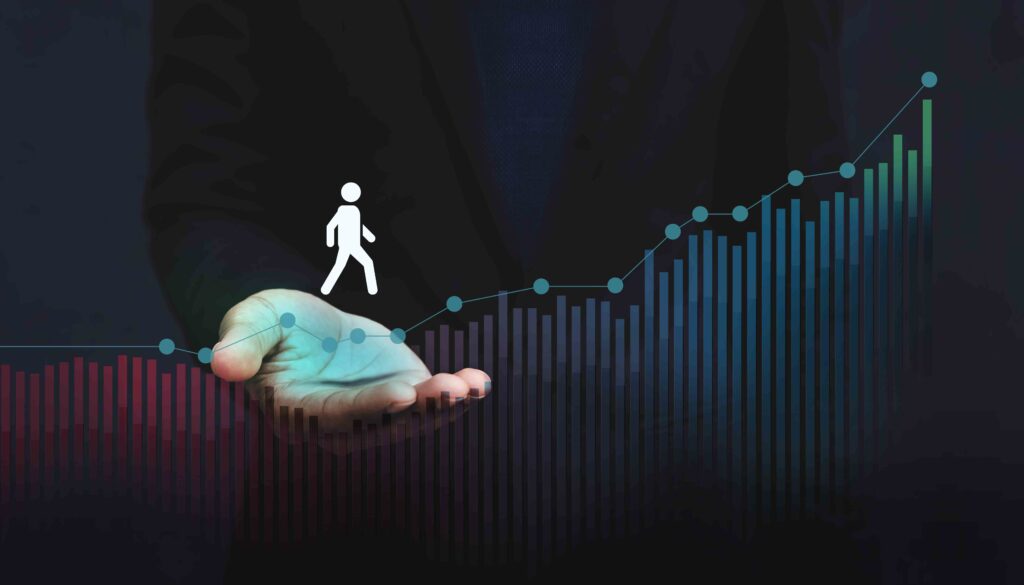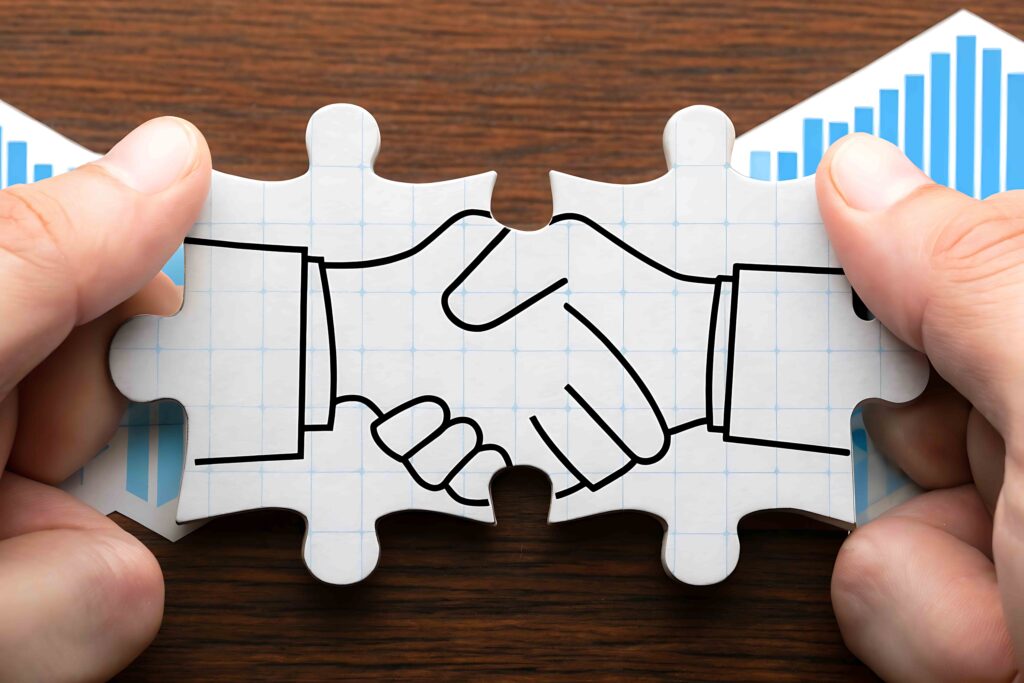For the last several months, I’ve been asking myself and the sales organizations I work with, “Why would anyone give you margin?” I don’t think this is a hypothetical question. While I spend a lot of time with B2B sales teams in agriculture, the lesson came to me when I heard a story about a disruption in the used car market that forced the industry to consider that question.
A disruption decades in the making
In 1926, Kelly Blue Book began publishing used vehicle prices, offering dealers (and lenders) paid subscriptions to access this information, which was based on historical data. By the 1990s, digital transformation took hold. Platforms like KBB, Edmunds, and Autotrader put pricing power into the hands of consumers. Still, by 2010, only 10% of consumers used these platforms when shopping for cars.
Then came Carvana in 2013 – not disruptive for online car shopping, but for pricing their vehicles using real-time pricing data. By the end of 2013, 70% of used car buyers began their search online. The impact was tremendous. In 2017, Carvana went public, adding $225 million to the $1.6 billion in venture capital funds that were used to get it started. If you’re curious, the IPO price was $15 per share. If you bought at the IPO and sold yesterday (as of this writing), when the stock price was $220.94, you’d have multiplied your investment by 1,473%. I wish I’d gotten in on that.
Again, Carvana didn’t disrupt the market with their online purchasing model. At the time of the IPO, only 1 out of every 1,000 consumers used Carvana to purchase a car. That peaked at 14 out of 1,000 consumers in 2024 and has dropped a bit in 2025. If you were a car dealer, you didn’t worry about Carvana as a competitor. They were hardly a blip. You could laugh at their four-story car displays along the highway and tell yourself that, as much as consumers might hate used car salespeople, they’ll never buy cars from a vending machine.
Here’s the thing, though. In 2015, dealer margins for used cars were around 8.9%; a dealer made about $1,780 on a $20,000 used truck. By 2018, that margin had dropped to only $340 on a similarly priced vehicle. The disruption hit hard and fast. Some of that has come back since 2018. Covid, supply chain disruptions, and tariffs shift supply and demand, raising margins as a result of vehicle scarcity, but margins remain between 1 and 2% today.
What’s this got to do with ag sales?
Margins naturally erode over a product’s lifecycle. That’s no surprise. When buyers don’t see the value of new products (or believe the claims), they will tend to stick with what they know at a lower price, extending the lifecycle of older products and generating lower margins from new ones.
Many agribusinesses rely on higher-margin new products for generating profits, and salespeople are critical in communicating that value. New product conversations can be a reason for customers to agree to meet in the first place. These conversations can deepen relationships and position the seller as a trusted advisor, helping customers navigate and compare competing offers.
But that trust comes at a cost – one that’s built into the cost of the product.
Salespeople: valuable, but expensive
Salespeople are an expensive way to market a product. When buyers don’t have access to alternatives, they may be willing to pay for the cost of sales. But, in general, when buyers are given a choice between working with a salesperson or a lower price, the real value of sales activities become apparent. “I’ll take the lower price, please!” Ultimately, in a competitive price environment, buyers are forced to ask themselves: How much is that relationship worth to me?
For salespeople, the question, “Why would anyone give you margin?” isn’t just about product margin – it’s about the margin to cover your role as a salesperson.
AI tools can already help buyers make informed decision, translating technical specs into simple language and comparing options instantly. Of course buyers see value in salespeople as trusted advisors, but there’s a cost in dollars for those relationships, and we have to honestly consider how much value our customers are willing to pay for it.
Over the last ten years we’ve been developing approaches, like discovery and co-creating value, to help salespeople earn margin through the sales process itself. That’s a moving target in the face of market uncertainty, technical complexity, and other factors that may enter the calculation of what customers are willing to pay, but those external factors are not in a salesperson’s control. The value of the sales process is.
Time to ask the hard question
So, why would anyone give you margin? If the answer isn’t immediately clear – it might be a signal to pay attention to the kind of value that makes working with you the obvious choice.





